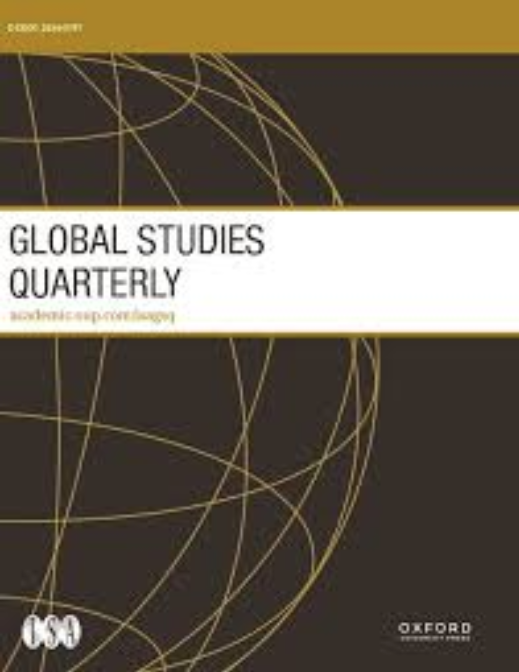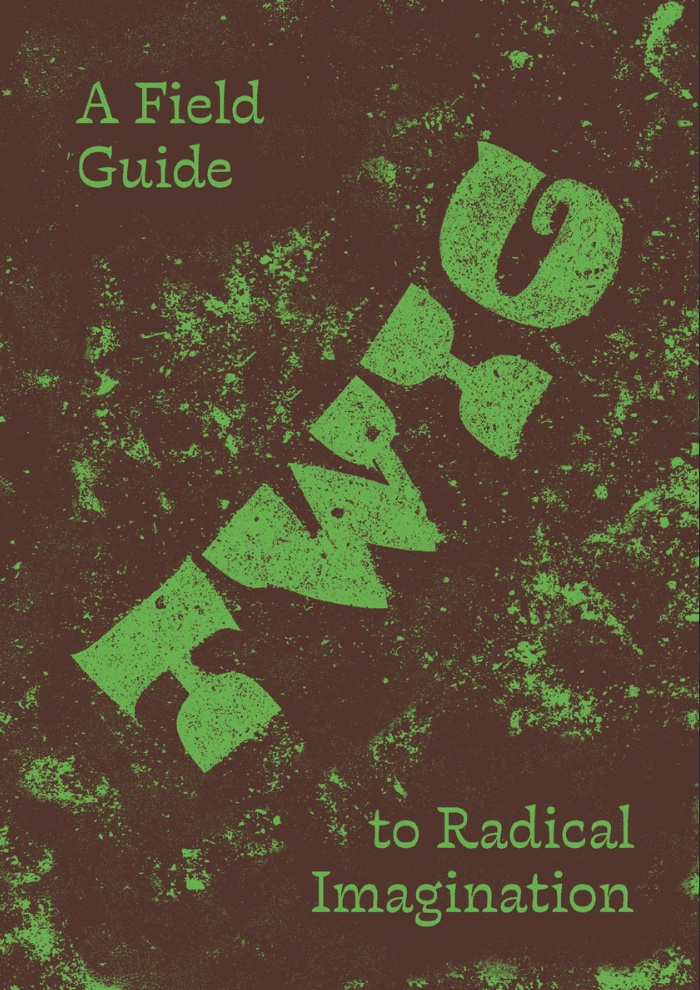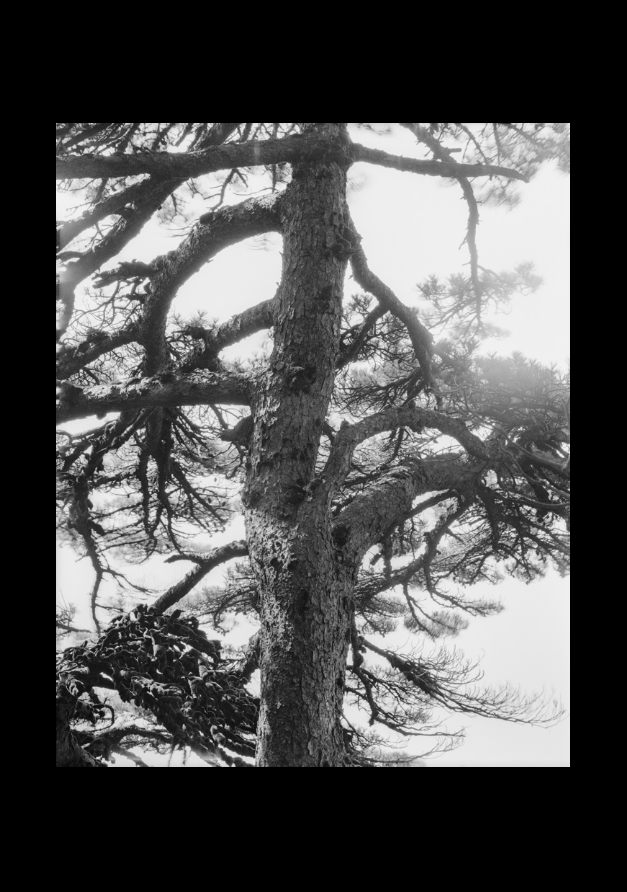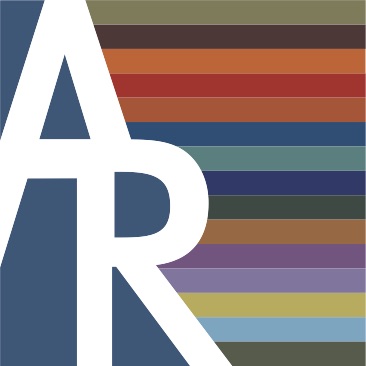Publications
This page collects publications resulting from ReCNTR’s conferences, talks, workshops as well as relevant publications from individual members.
The What If Garden – A Field Guide to Radical Imagination (2025)
Lisette van Beek, Ekaterina Volkova, Josephine Chambers, Johannes Stripple, Mark Westmoreland
It is often said that we need more ‘radical imagination’ to challenge the status quo and envision societies otherwise. But what does that really mean? How might it be nurtured? And what role can approaches at the intersection of art and science play? The What If Garden (TWIG) invites you on a journey into radical imagination. Take a walk. Be inspired. Wander, and let your imagination unfold in movement. Question what is—and what could be. TWIG is a zine designed by Ekaterina Volkova that captures insights from a five-day workshop organized by Lisette van Beek (Lund University), Johannes Stripple (Lund University), Mark Westmoreland (Leiden University), Josephine Chambers (Utrecht University) and Ekaterina Volkova (independent). The workshop brought together 20 (artist-)researchers, curators, and independent artists. Together, we explored how initiatives at the art–science interface can flourish and foster radical imagination for transformative change. Download
How to Un(name) a Tree (2025)
Adong Zheng
Artist Andong Zheng’s project How to (Un) Name a Tree explores the contested identities of three pine species, focusing on the Huangshan pine native to his home region in China. In 2024, he found a sapling in the Leiden Botanical Garden, a site symbolizing imperial science. His site-specific installation invites reflection on the tree’s cultural and ecological displacements, questioning the neutrality of Latin taxonomy and highlighting its ideological roots. The work challenges epistemic universalism and explores whether “unlearning” dominant systems can avoid creating new hierarchies. The tree becomes a lens for rethinking colonialism, knowledge systems, and geopolitical narratives. (PDF booklet for Andong Zheng’s How to Un(name) a Tree, on view at Hortus Botanicus until 7 July 2025. Created for physical display)

Mapping as a Critical Making Practice in International Relations (2024)
Francesco Ragazzi
How “critical” is mapping as a method in international relations (IR)? Critical approaches have fundamentally changed the practices of mapmaking in IR. They have replaced geopolitical representations of a world divided into territorial states with notions of fields, networks, flows, rhizomes, and assemblages. This shift is both conceptual and methodological: It has led to the introduction of new methods of representation, such as multiple correspondence analysis and network analysis. These new methods have, however, been subjected to a strong critique. They are accused of reproducing the very logics of power that they aim to question, and flatten the knowledge they aim to represent. There would be, as the argument goes, an inescapable theoretical and political bias embedded in these methods. This article engages with this debate, which is ultimately about the ontological and epistemological status of mathematical methods of visual representation and, more broadly, about the role of “making” in IR. It argues that practices of mapmaking can still be designed to function as critical tools. To illustrate this argument, this article draws on ongoing research on biometric mass surveillance as part of the Security Vision project.
Multimodality: Reshaping Anthropology (2022)
Mark Westmoreland
Multimodality offers anthropologists an inflection on the way we do research, produce scholarship, teach students, and relate to diverse publics. Advancing an expanding array of tools, practices, and concepts, multimodality signals a change in the way we pay attention and attend to the diverse possibilities for understanding the human experience. Multimodality recognizes the way smartphones, social media, and digital software transform research dynamics in unprecedented ways, while also drawing upon long-standing practices of recording and presenting research through images, sounds, objects, and text. Rather than flatten out ethnographic participant observation into logocentric practices of people-writing, multimodal ethnographies diversify their modes of inquiry to produce more-than-textual mediations of sensorial research experiences. By emphasizing kaleidoscopic qualities that give shape to an emergent, multidimensional, and diversifying anthropology, multimodality proposes alternatives to enduring and delimiting dichotomies, particularly text/image. These new configurations invite unrealized disciplinary constellations and research collaborations to emerge, but also require overhauling the infrastructures that support training, dissemination, and assessment. See: https://doi.org/10.1146/annurev-anthro-121319-071409


